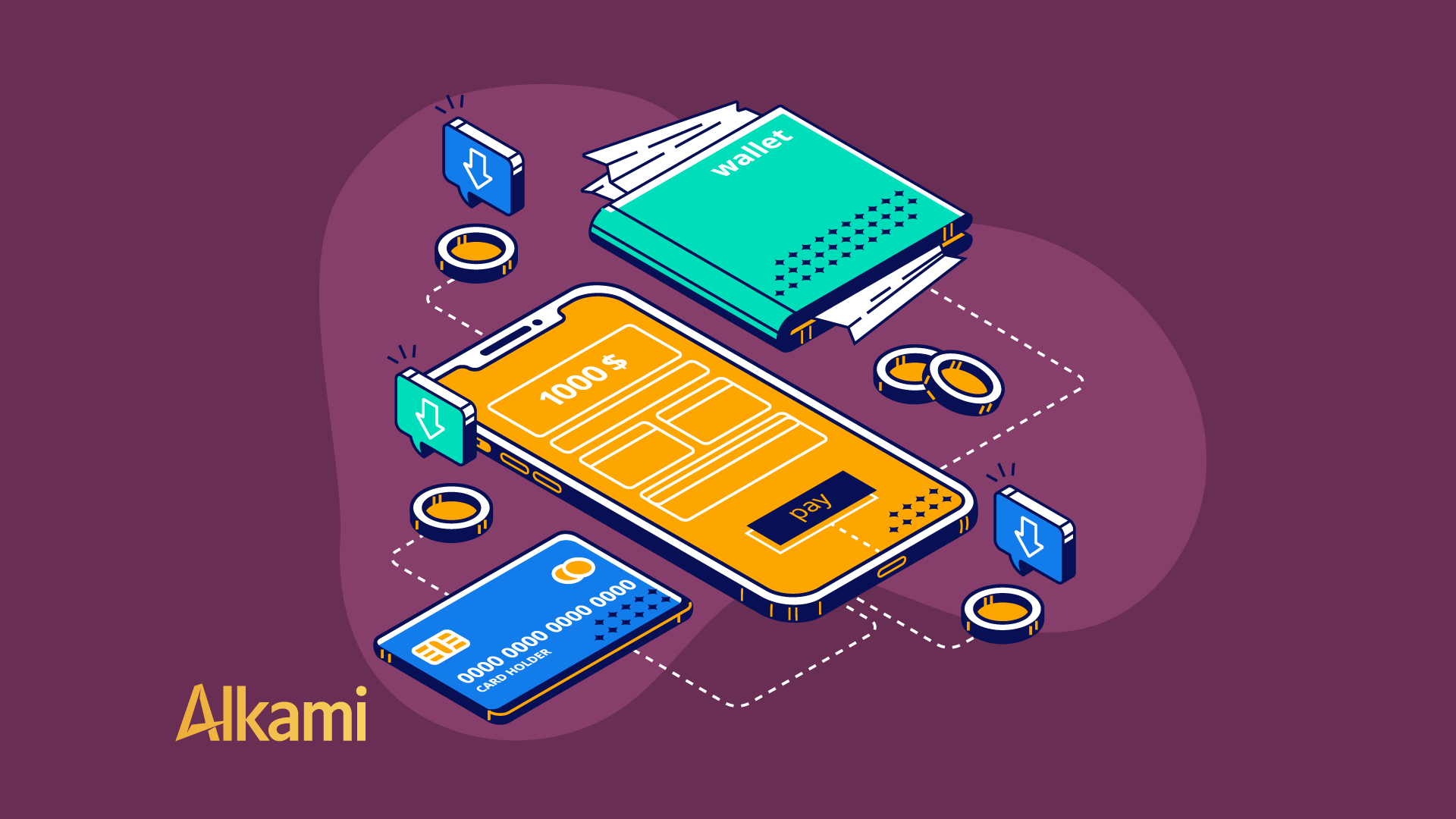In the complex landscape of financial transactions, Automated Clearing House (ACH) payments are a cornerstone, facilitating seamless electronic transfers between banks across the United States. This system, while efficient, is not immune to errors and discrepancies, requiring solutions like ACH Notifications of Change (ACH NOCs), ACH returns, and Check and ACH Positive Pay to ensure the accuracy and integrity of transactions. Together, these Positive Pay & ACH Reporting Solutions play a critical role in the self-regulating framework of ACH processing, enabling banks and credit unions to maintain smooth and reliable transaction flows.
ACH NOCs are entries generated by the Receiving Depository Financial Institution (RDFI) using the COR Standard Entry Class (SEC) code to inform the Originating Depository Financial Institution (ODFI) and Originator about outdated or incorrect information in an ACH entry. This could range from a simple typographical error in the account number to more complex issues like changes in account status.
When a financial institution acquires another, Transit and Routing Numbers are often retired and replaced, and accounts may be renumbered, requiring NOCs to be sent by the RDFI to the ODFI. The primary purpose of a NOC is to communicate correct information and ensure the accuracy of future transactions by requiring the ODFI—and by extension, the Originator—to update their records accordingly.
When an ACH NOC is received, it typically does not affect the processing of the current ACH transaction, which often proceeds as planned. However, it signals the need for immediate action to update the account holder’s information in the Originator, bank, or credit union’s system. The ODFI must provide the Originator with the ACH NOC-related information within two banking days of the settlement date.
According to National Automated Clearing House Association (Nacha) rules, these updates must be completed within six days of receiving the ACH NOC or prior to initiating another entry to the Receiver’s account, whichever is later with some noted exceptions. With over 50 different ACH NOC codes, understanding and managing these notifications is crucial for maintaining efficient and accurate ACH processing.
In parallel to ACH NOCs, ACH unauthorized returns are similar to a chargeback in credit card transactions. An ACH return is initiated by the RDFI to send a previously originated payment back to the ODFI. Returns are typically triggered by issues, such as insufficient funds in the receiver’s account or administrative items, such as the account cannot be found or the account is closed.
The receiving party can initiate unauthorized returns through their bank or credit union. The RDFI is tasked with initiating these return entries, which must reflect the total amount of the original transaction and maintain the same transaction direction (credit for credit, debit for debit). Many financial institutions choose to capture an electronic Written Statement of Unauthorized Debit for both consumer and corporate accounts.
ACH returns are bound by specific rules and timeframes, dictated by the Nacha Rules, Regulation E, and the Uniform Commercial Code 4A. These rules stipulate that returns must be complete, reflecting the original payment amount and information level. The allowed timeframes for returns vary depending on the specific return code, underscoring the importance of timely and accurate processing by banks and credit unions.
Commercial Entries (e.g. CCD and CTX Debit Entries) must be returned either the same banking business day they settle or the following banking business day, so the unauthorized returns arrive at the ODFI by the required second business banking day.
In addition to navigating the complexities of ACH NOCs and returns, banks and credit unions are increasingly leveraging Check and ACH Positive Pay to protect their accounts. Positive Pay is a payment fraud prevention solution banks and credit unions offer to corporate and commercial accounts, designed to safeguard against unauthorized ACH or check transactions and other check fraud.
Check Positive Pay operates by verifying each check presented for payment against a list of checks previously authorized and issued by the company (a.k.a an issuance file). This issuance list or file includes essential details such as check number, account number, and dollar amount.
Payee Positive Pay will also inspect the check image presented and compare the payee name provided on the issuance file with the interpreted name from the check. Any discrepancy flags the check as potentially fraudulent, prompting alerts to be sent to the account holder for further action. This process significantly diminishes the risk of check fraud.
Expanding this concept, ACH Positive Pay extends these protective measures to ACH transactions. The solution allows businesses to set parameters to control which ACH debits and credits post to their accounts. Similar to its check counterpart, ACH Positive Pay flags transactions not meeting the established criteria, enabling businesses to review and decide on the legitimacy of these transactions. This dual approach to transaction security—covering both paper-based and certain electronic transactions—provides a comprehensive defense against inbound ACH and check fraud.
By coupling the reactive strategies of ACH NOCs and returns with the proactive safeguards provided by ACH and Check Positive Pay, financial institutions can offer a holistic security framework. This approach underscores a comprehensive strategy within the digital banking platform, allowing banks and credit unions to enhance operational efficiency, minimize risk, and deliver a secure, transparent banking experience.
Learn more about Alkami’s positive pay & ACH reporting solutions and commercial banking solutions. If you want a deeper exploration of our offerings, schedule a demo with us.
